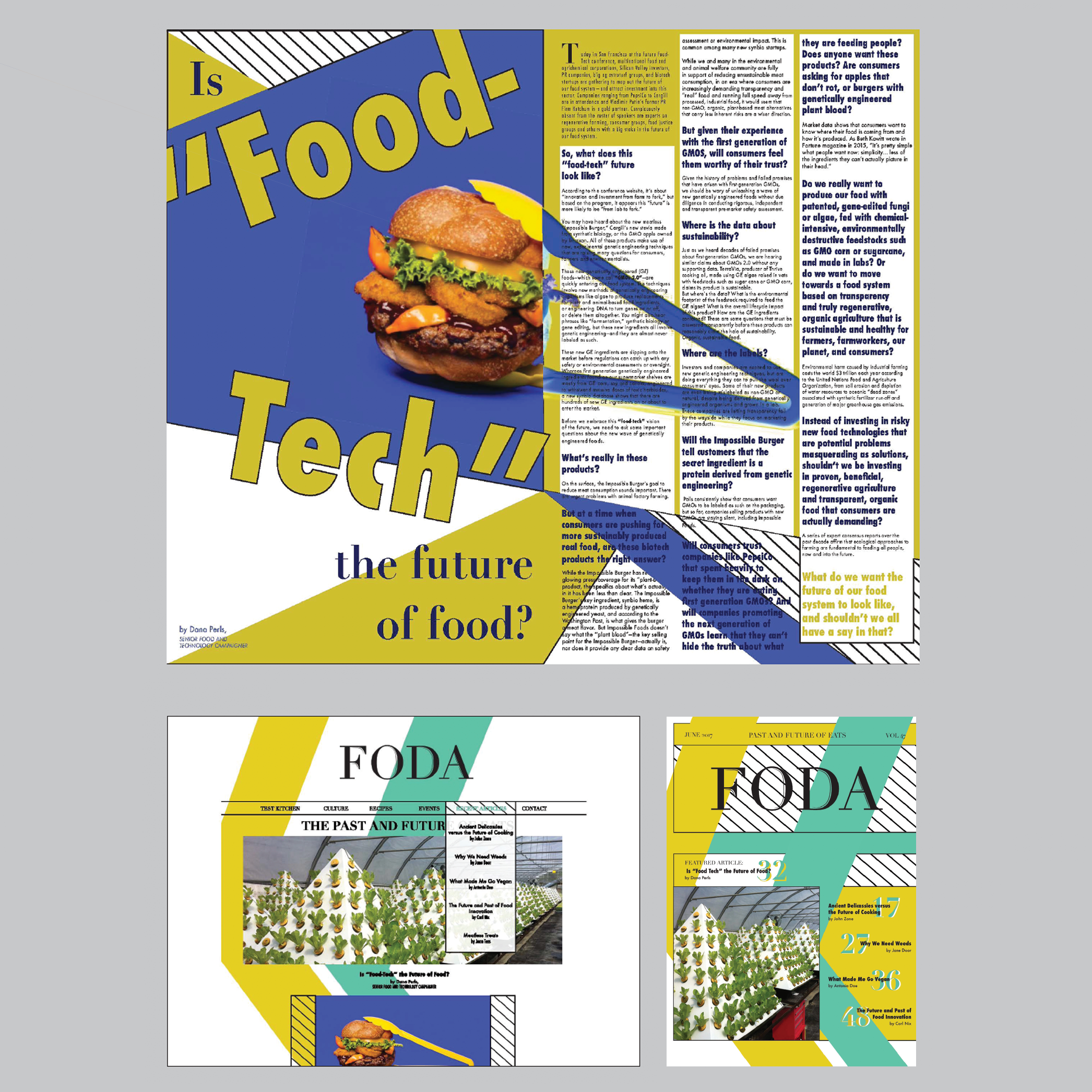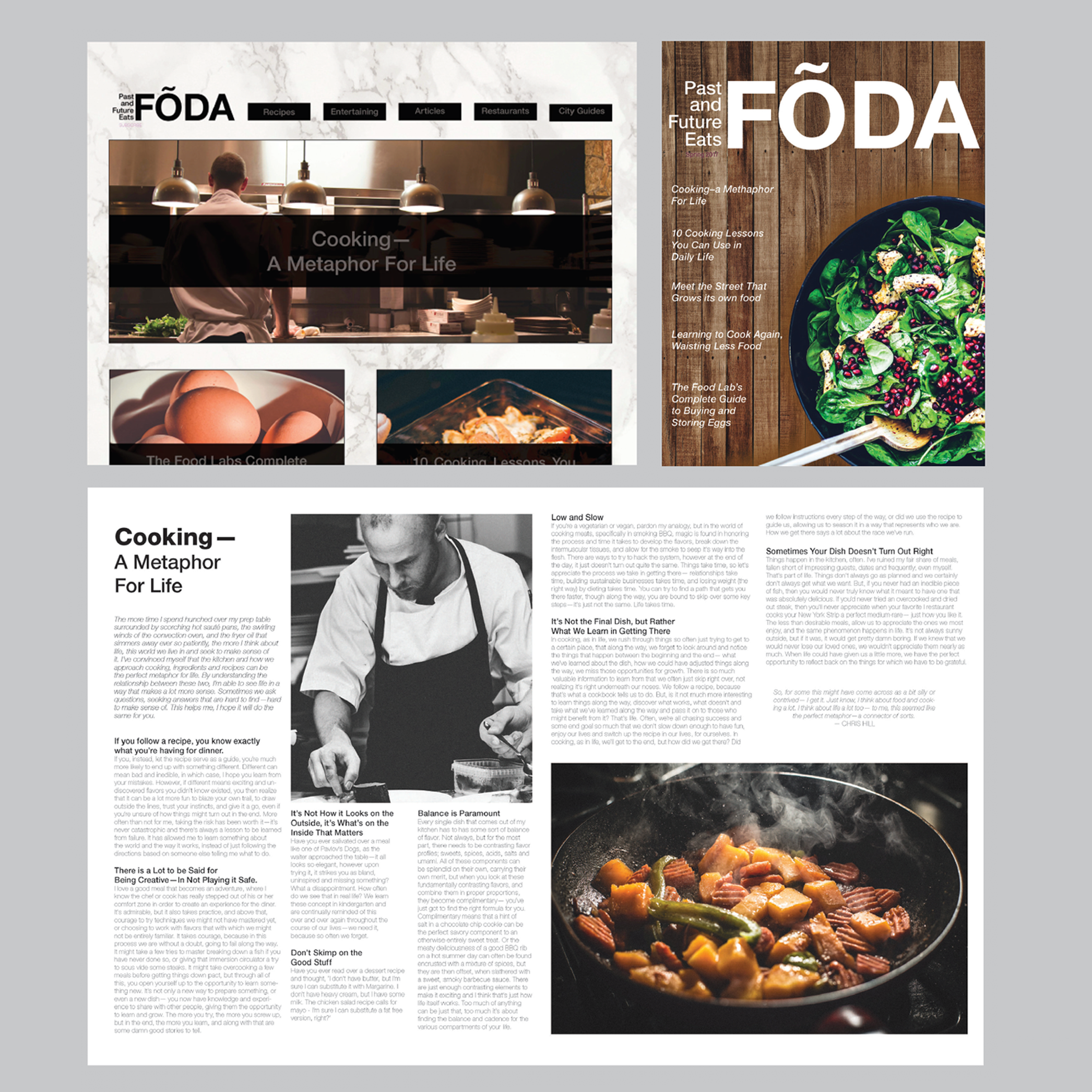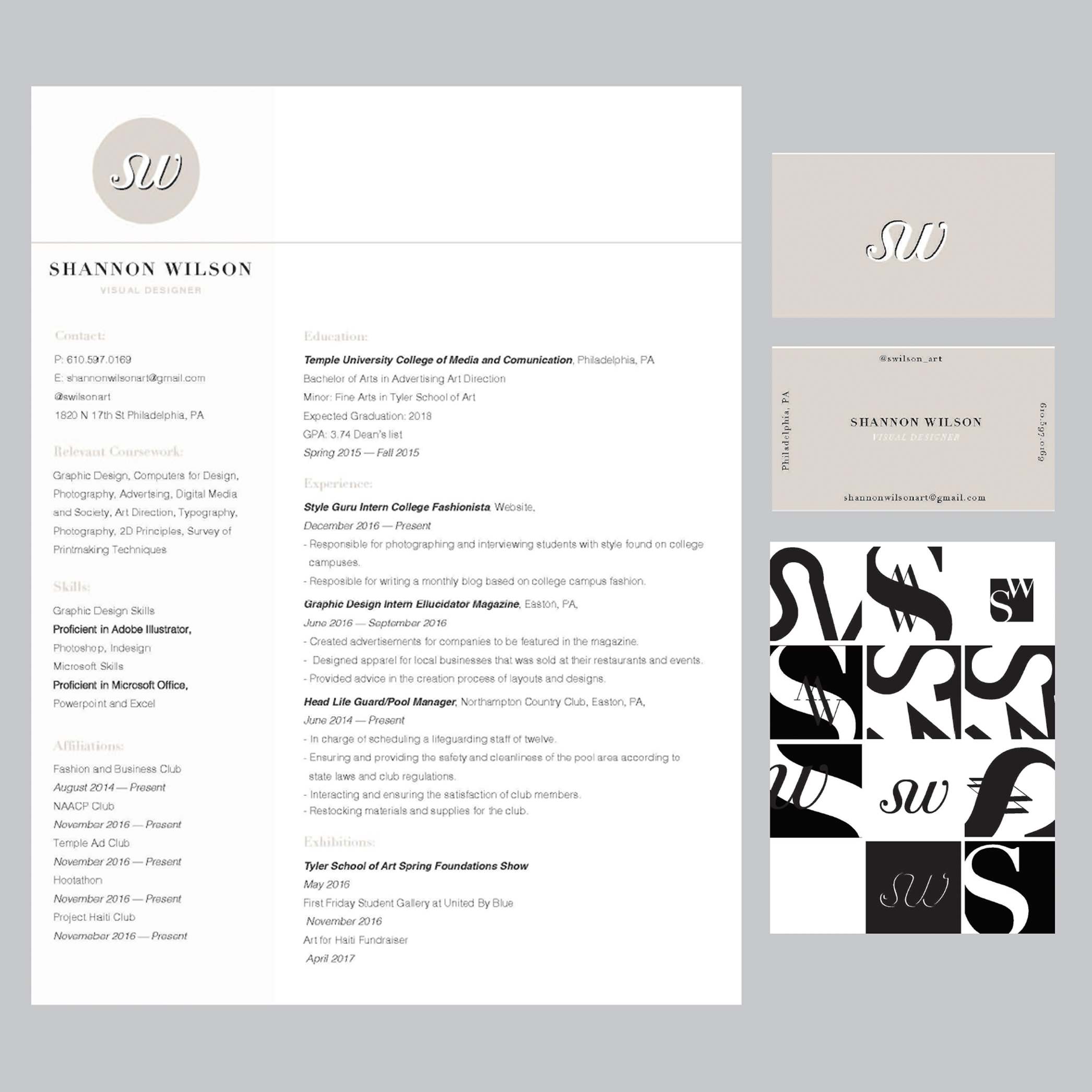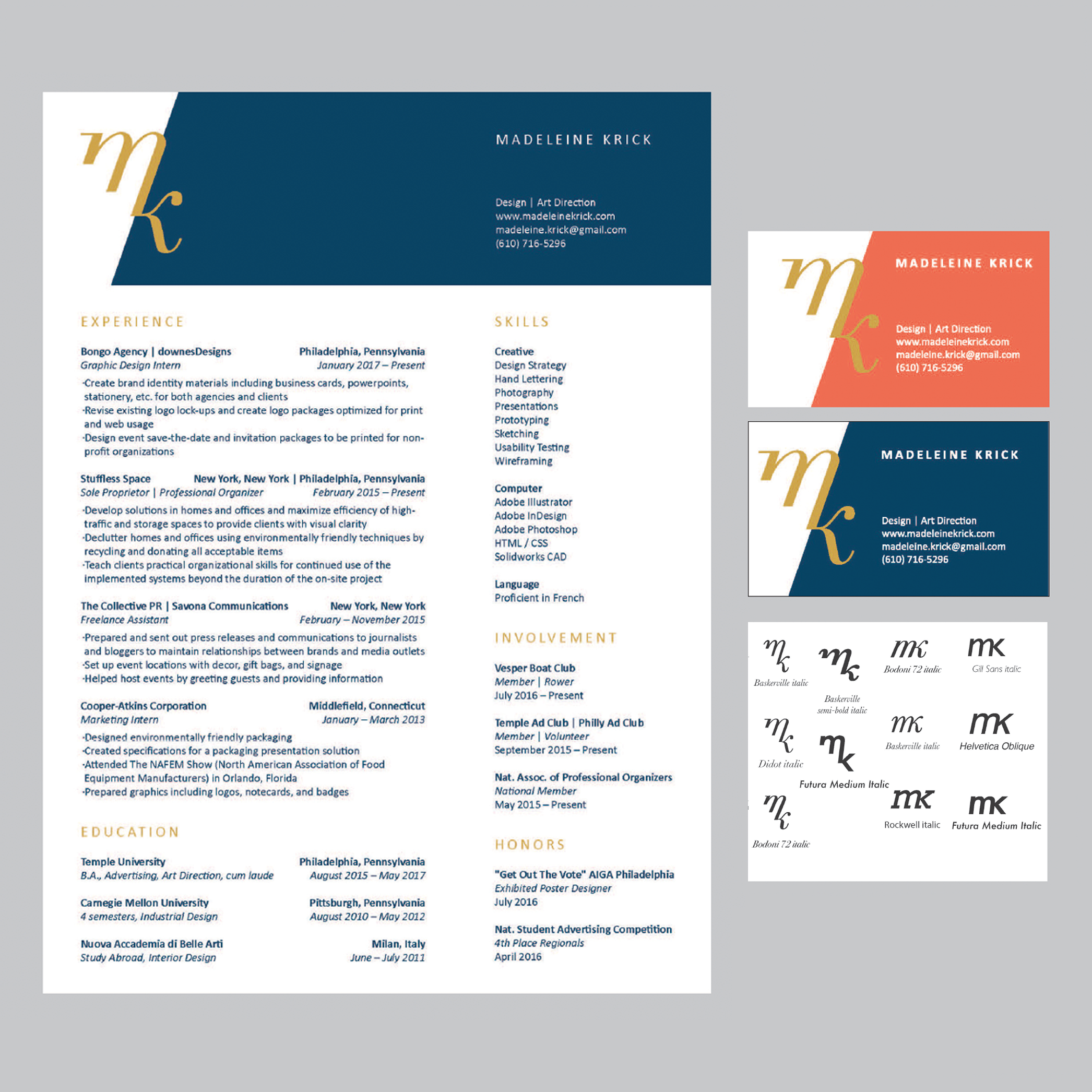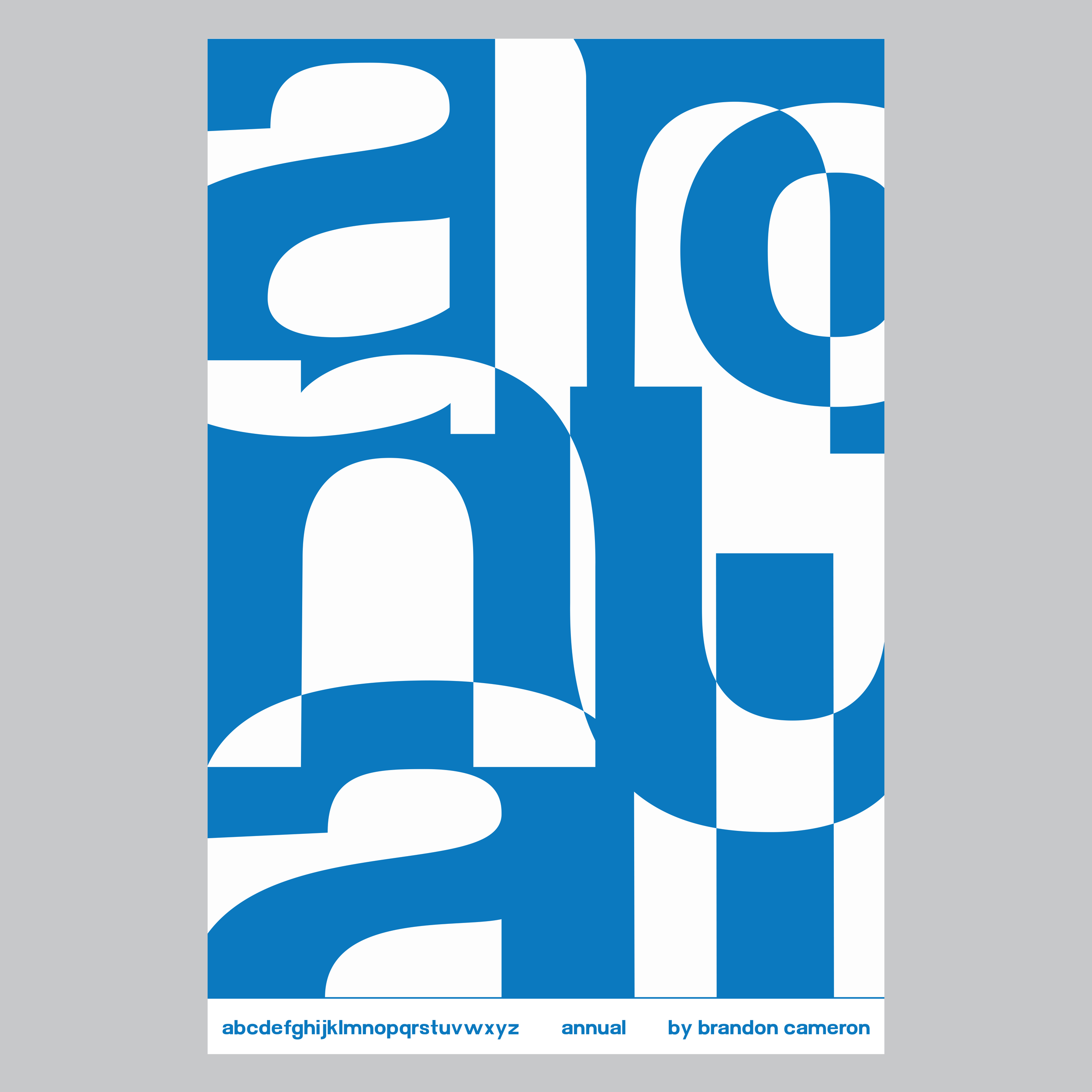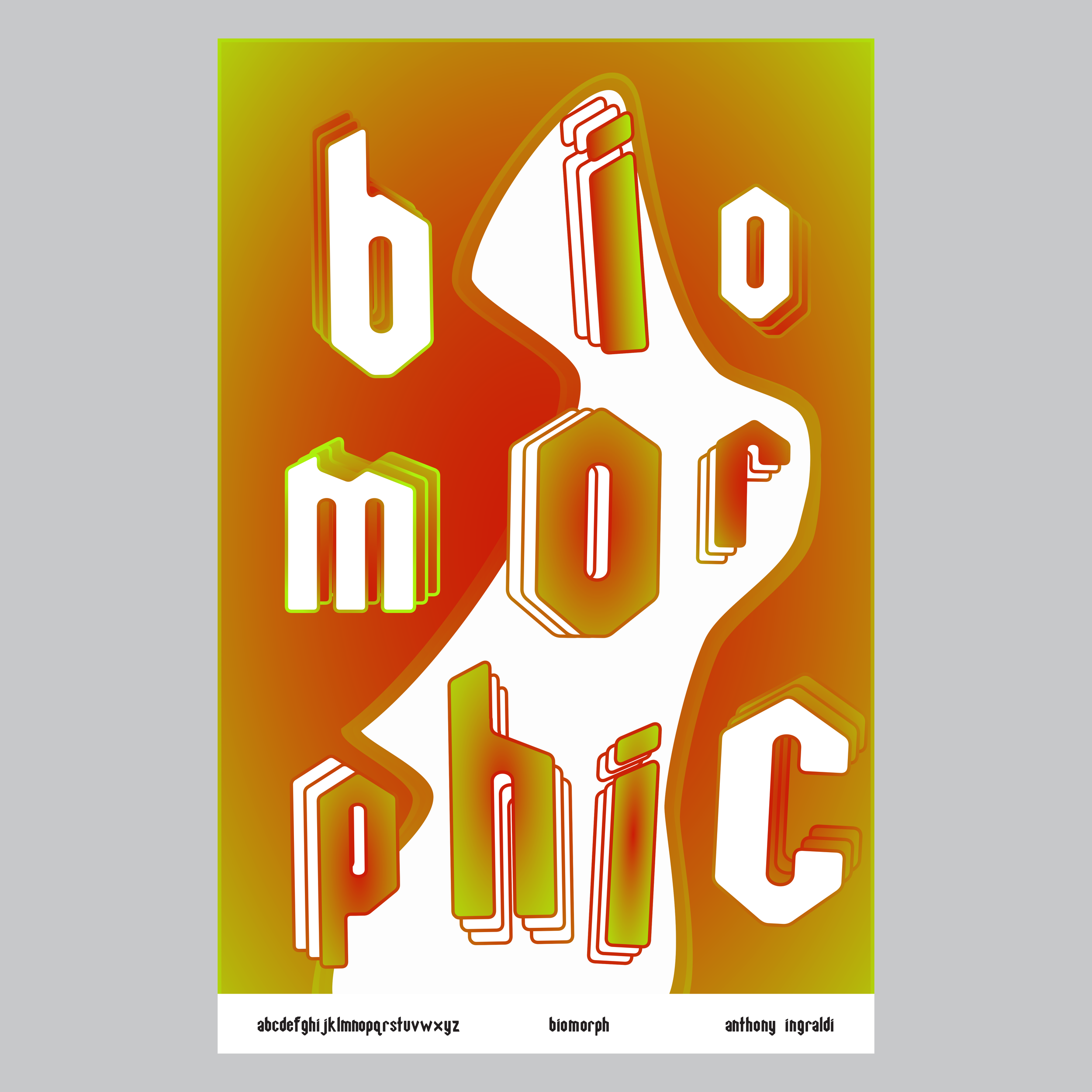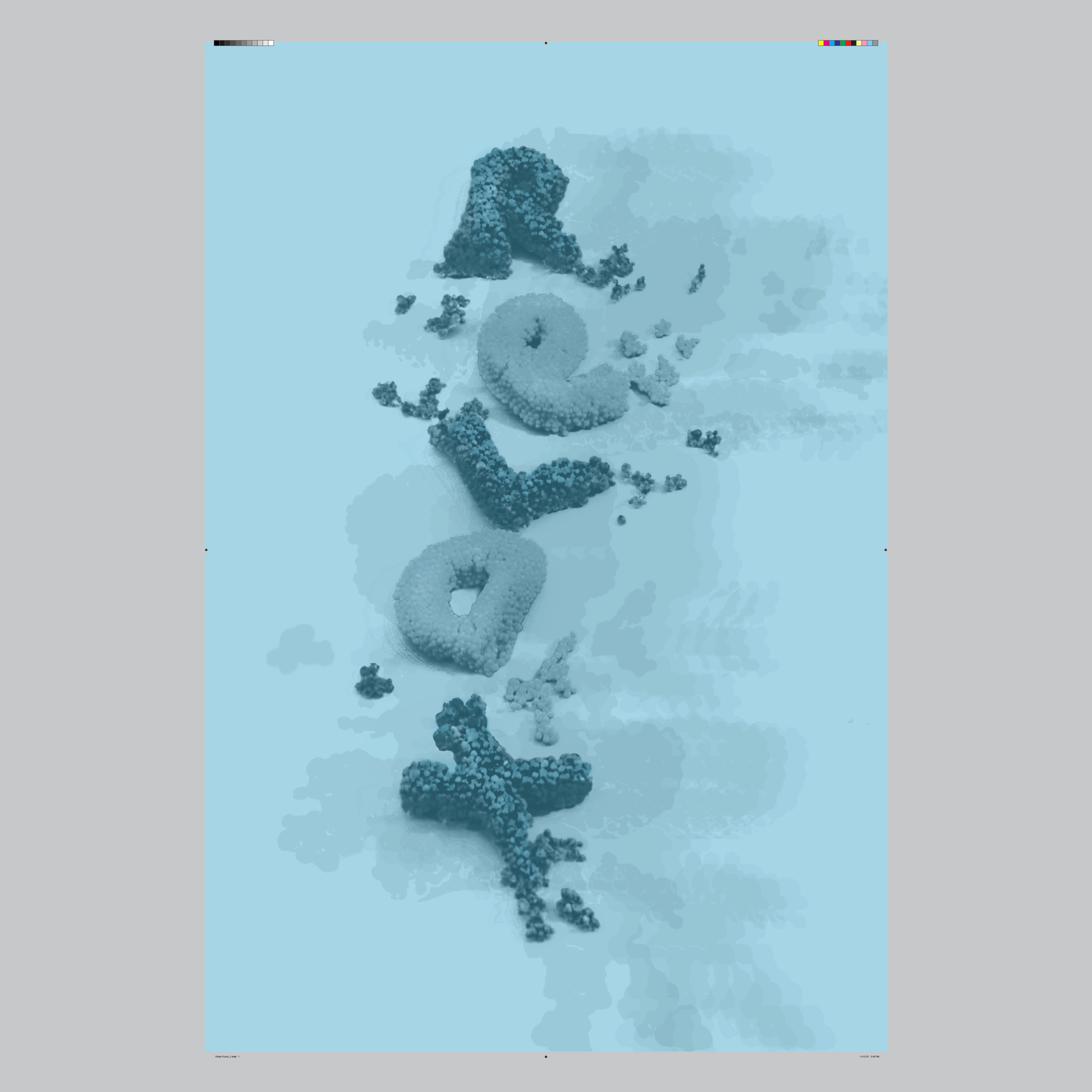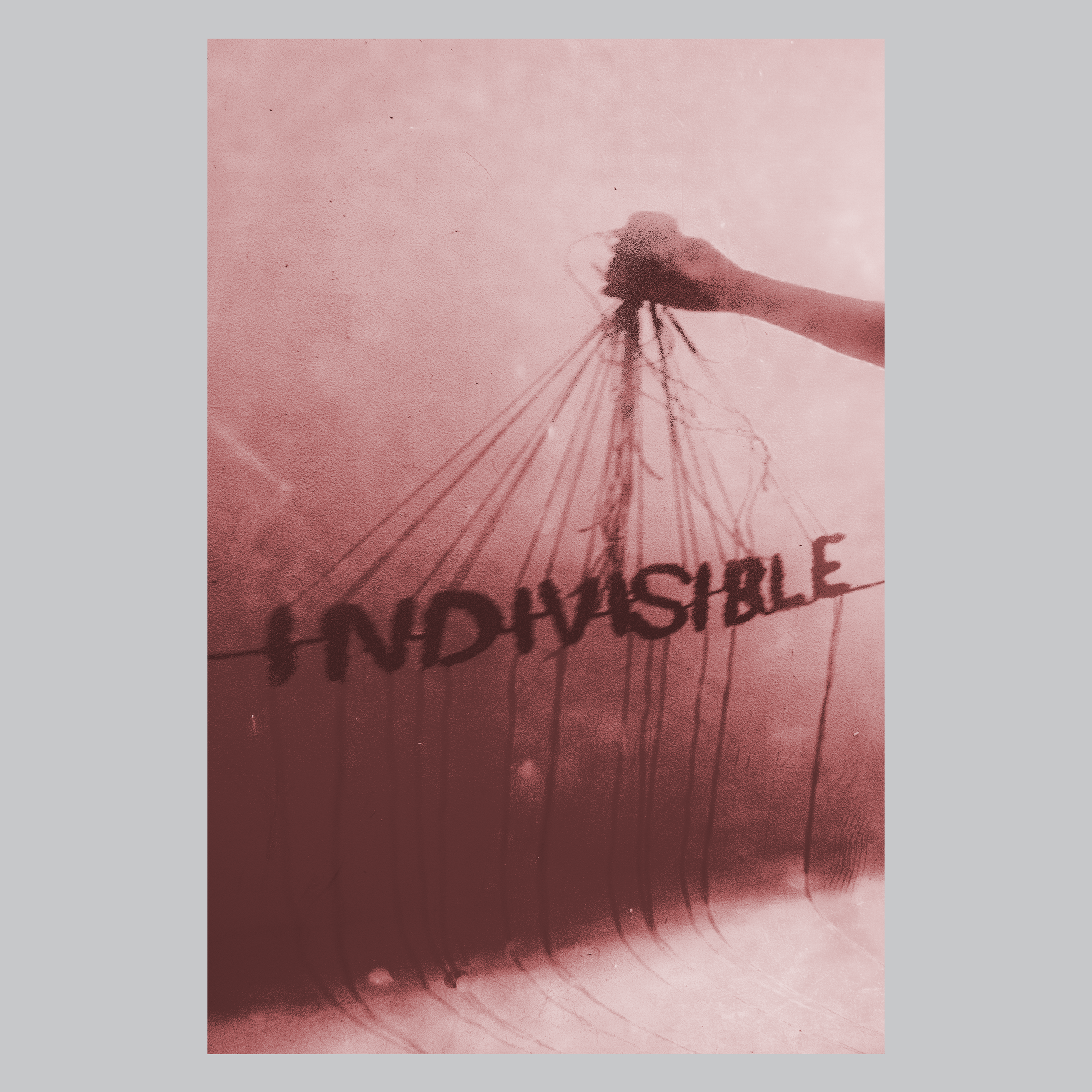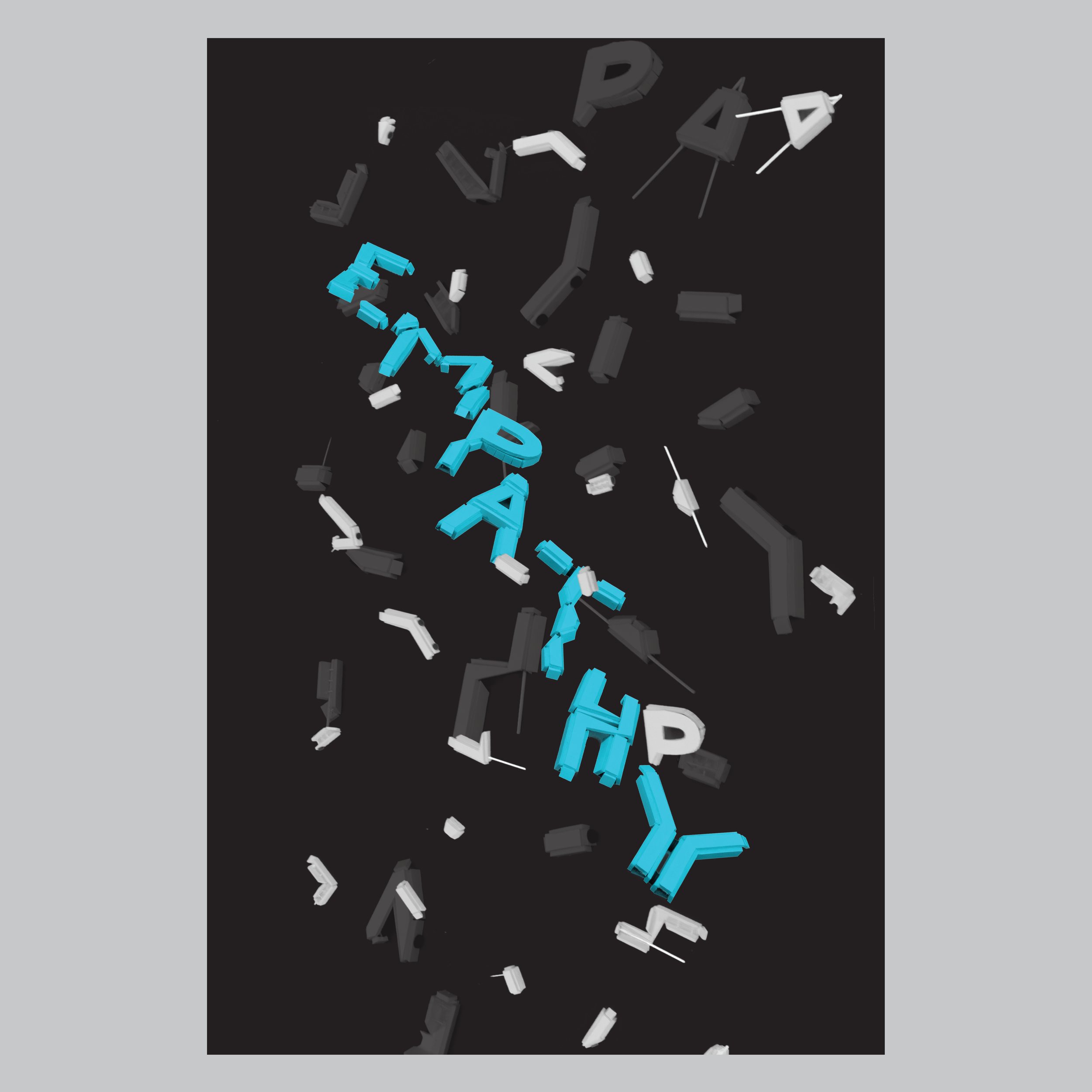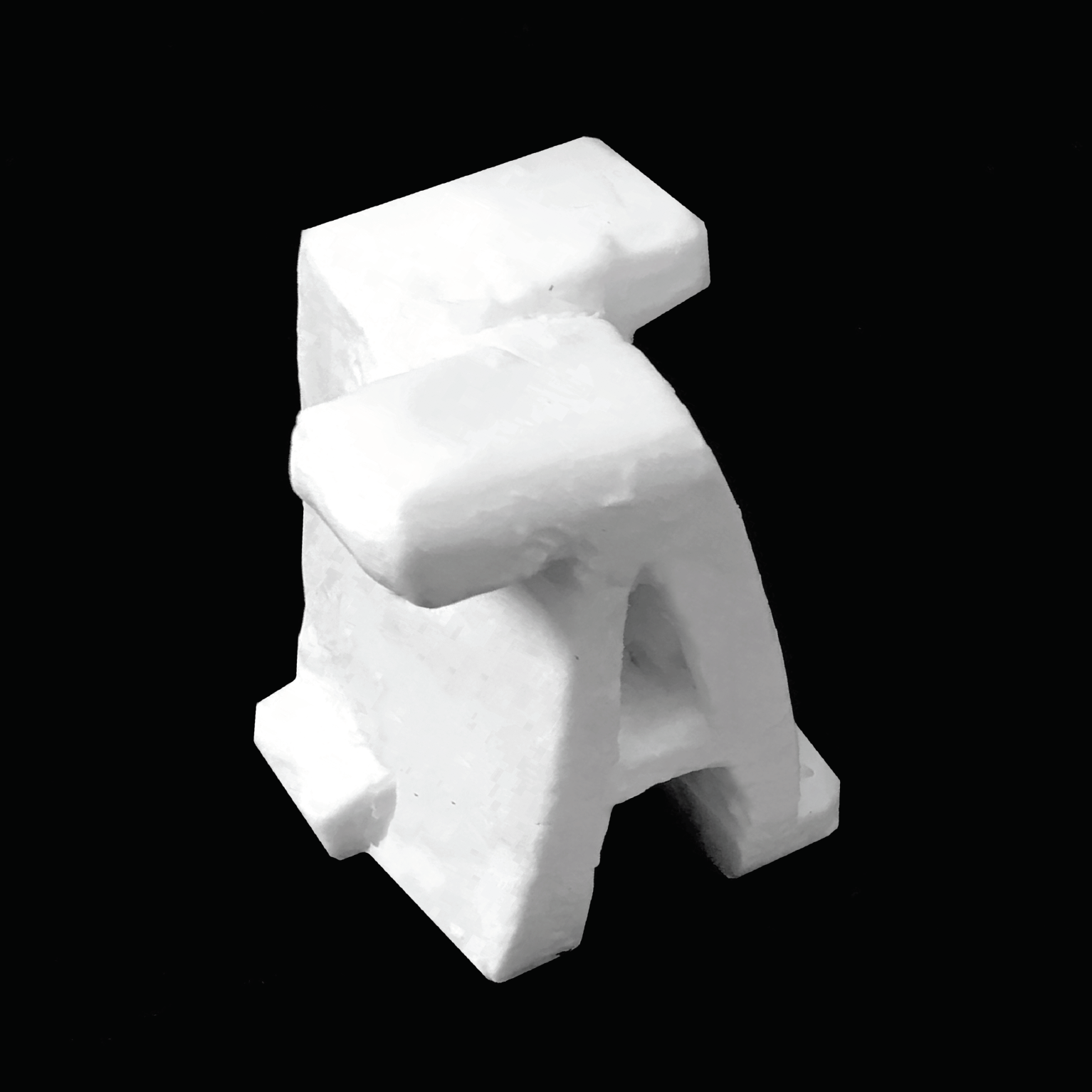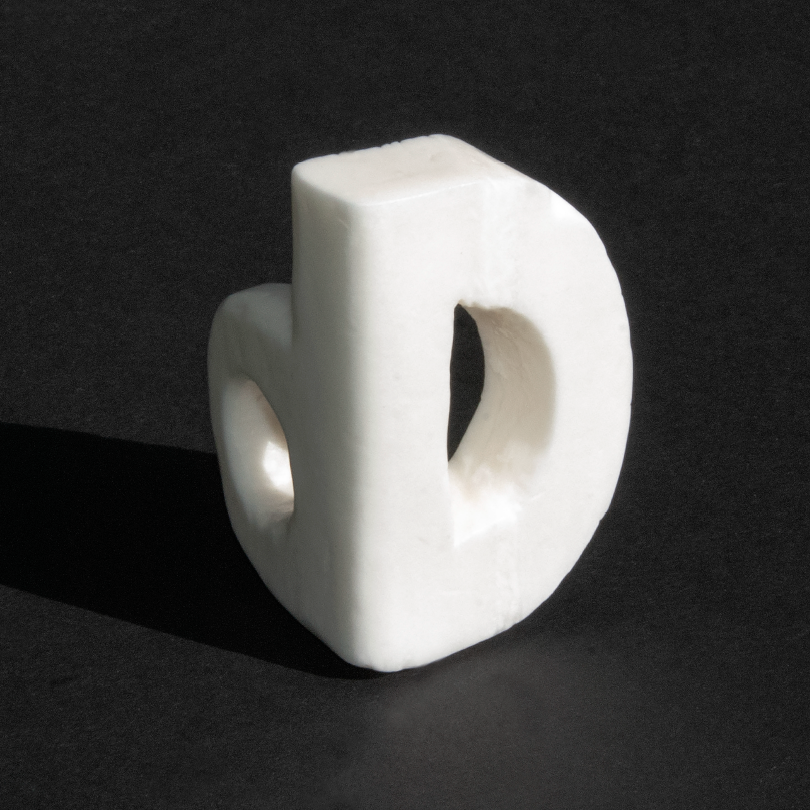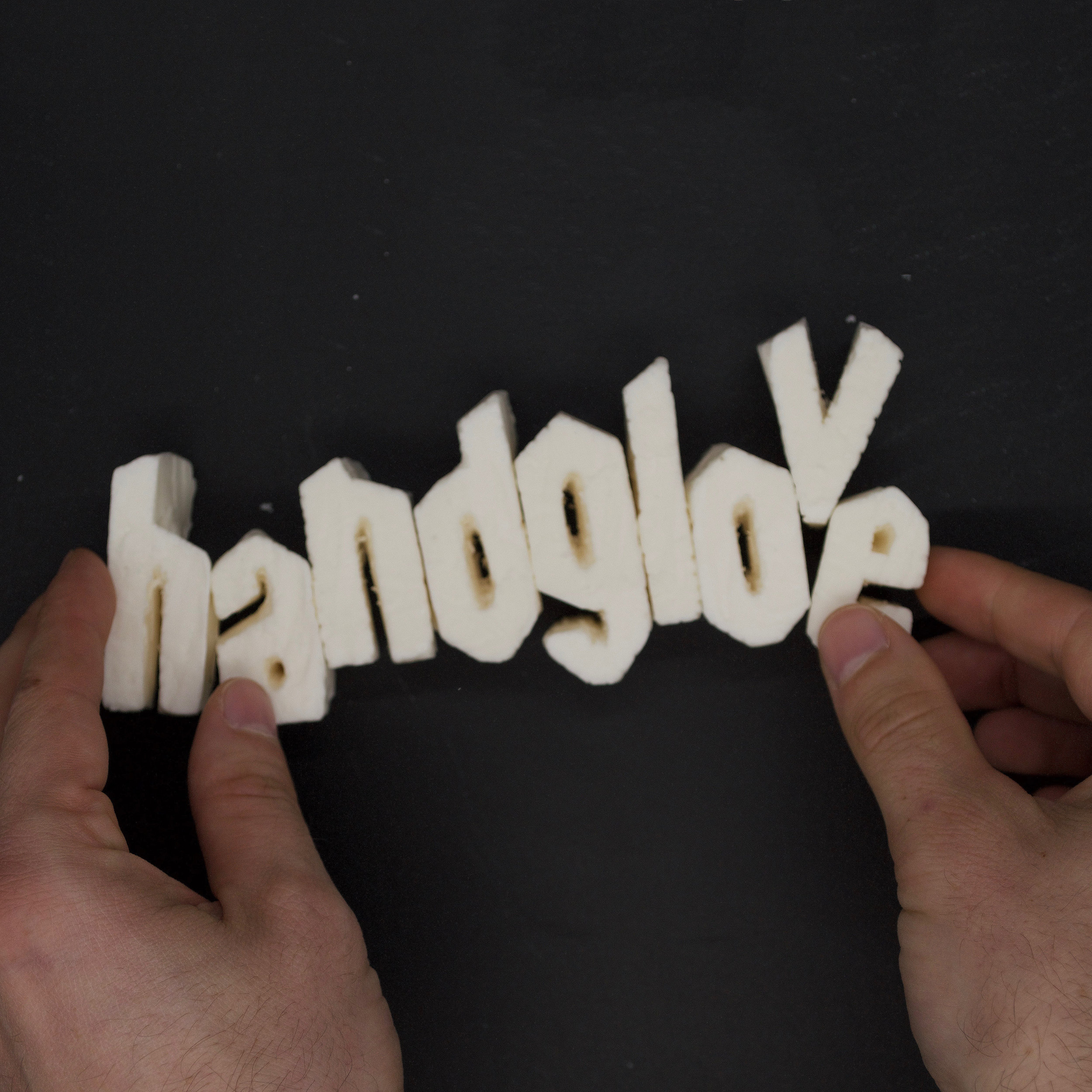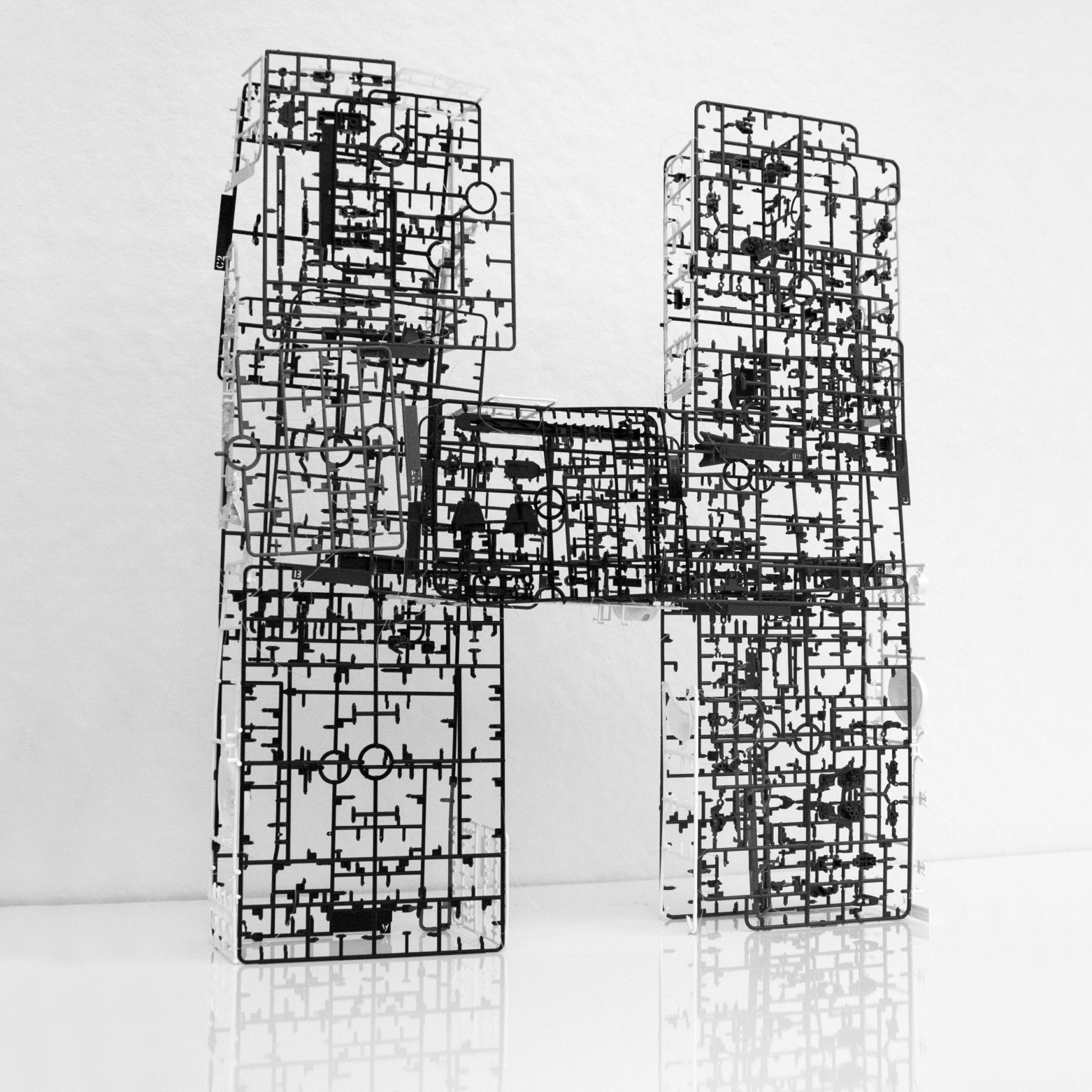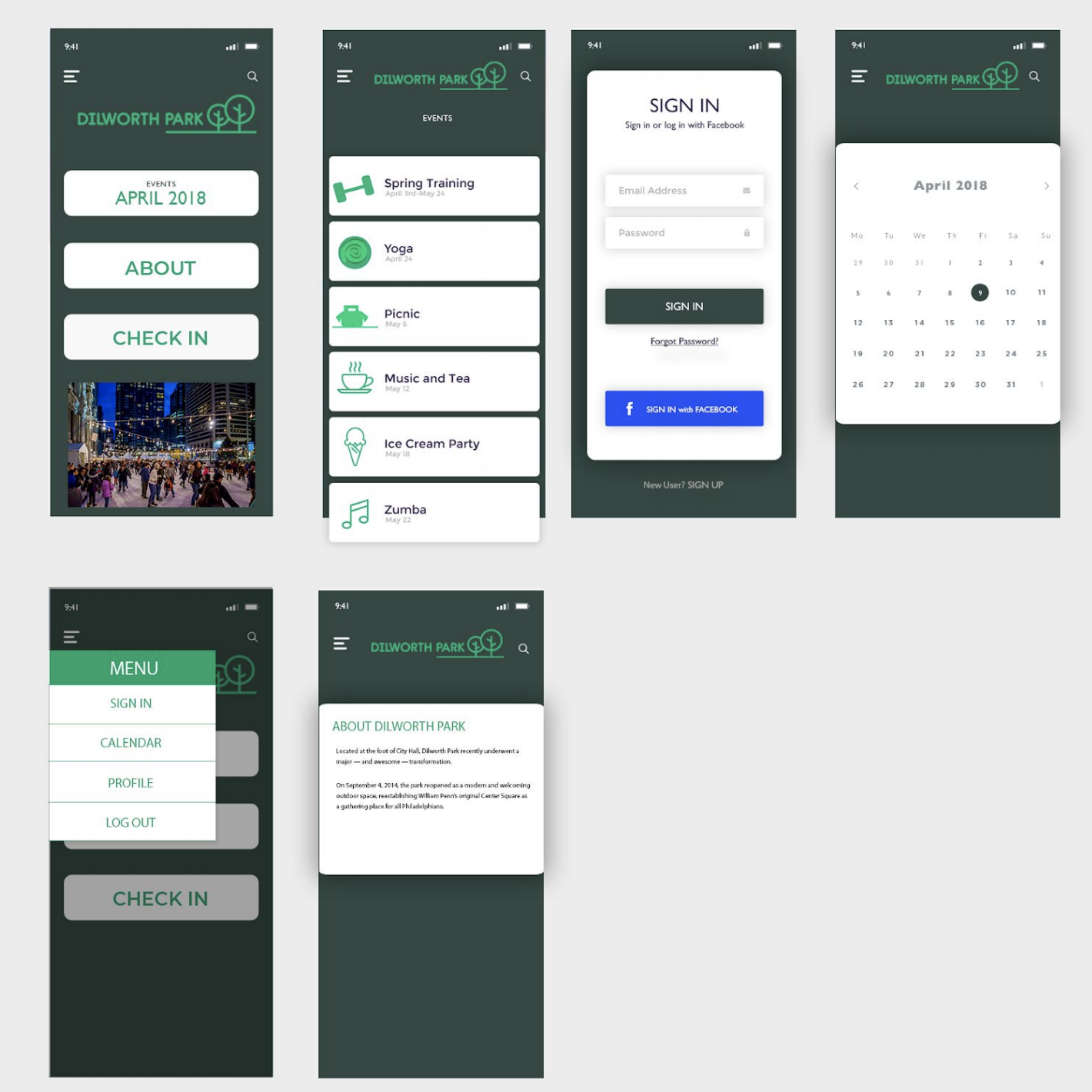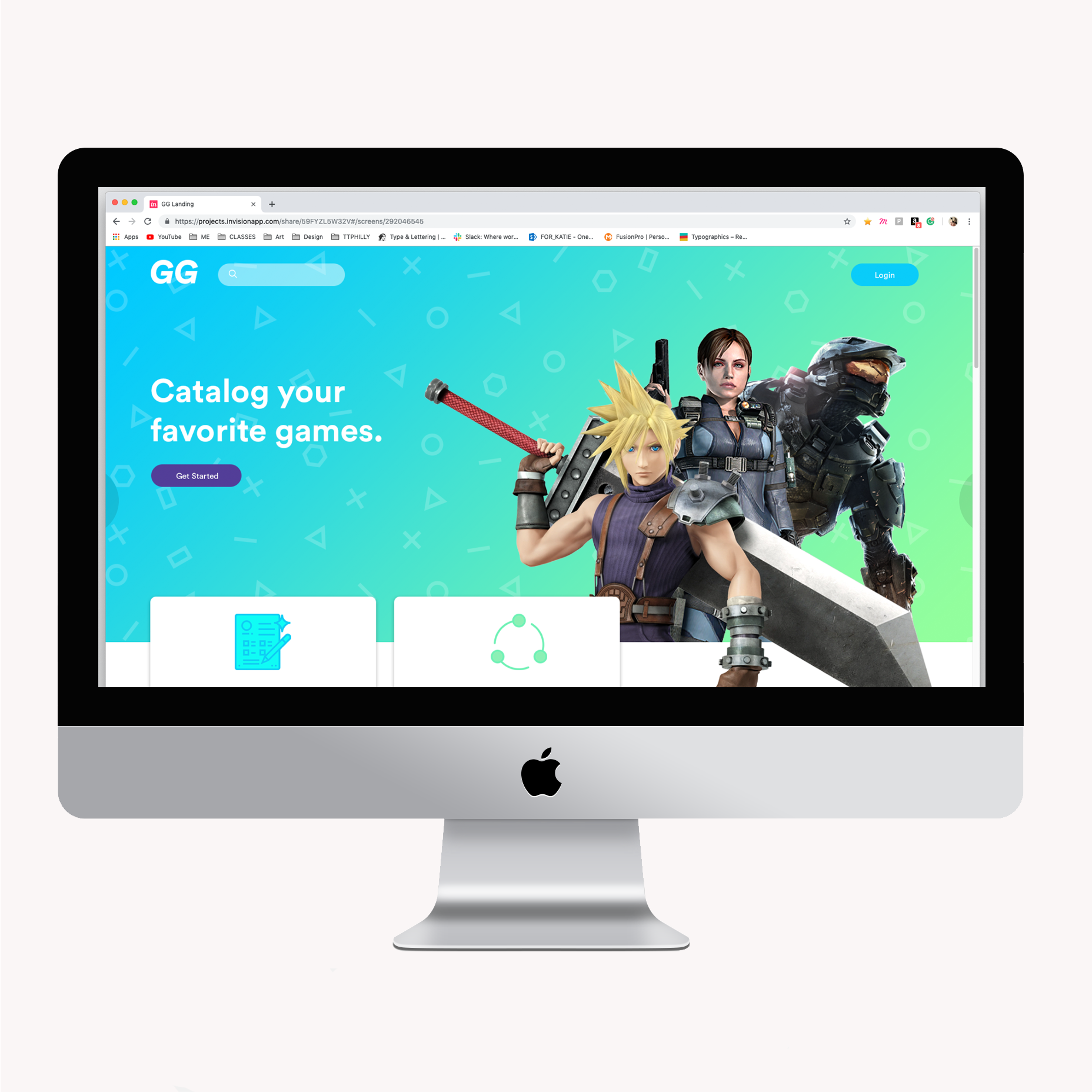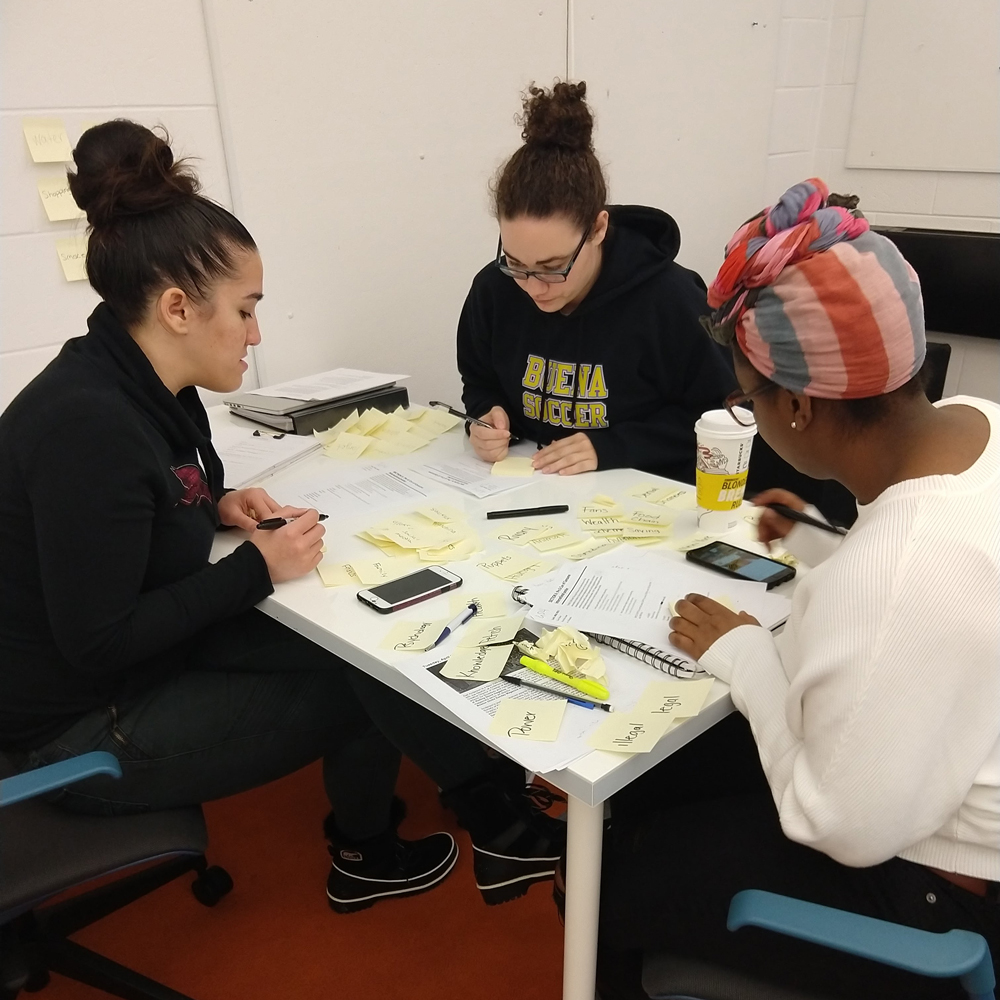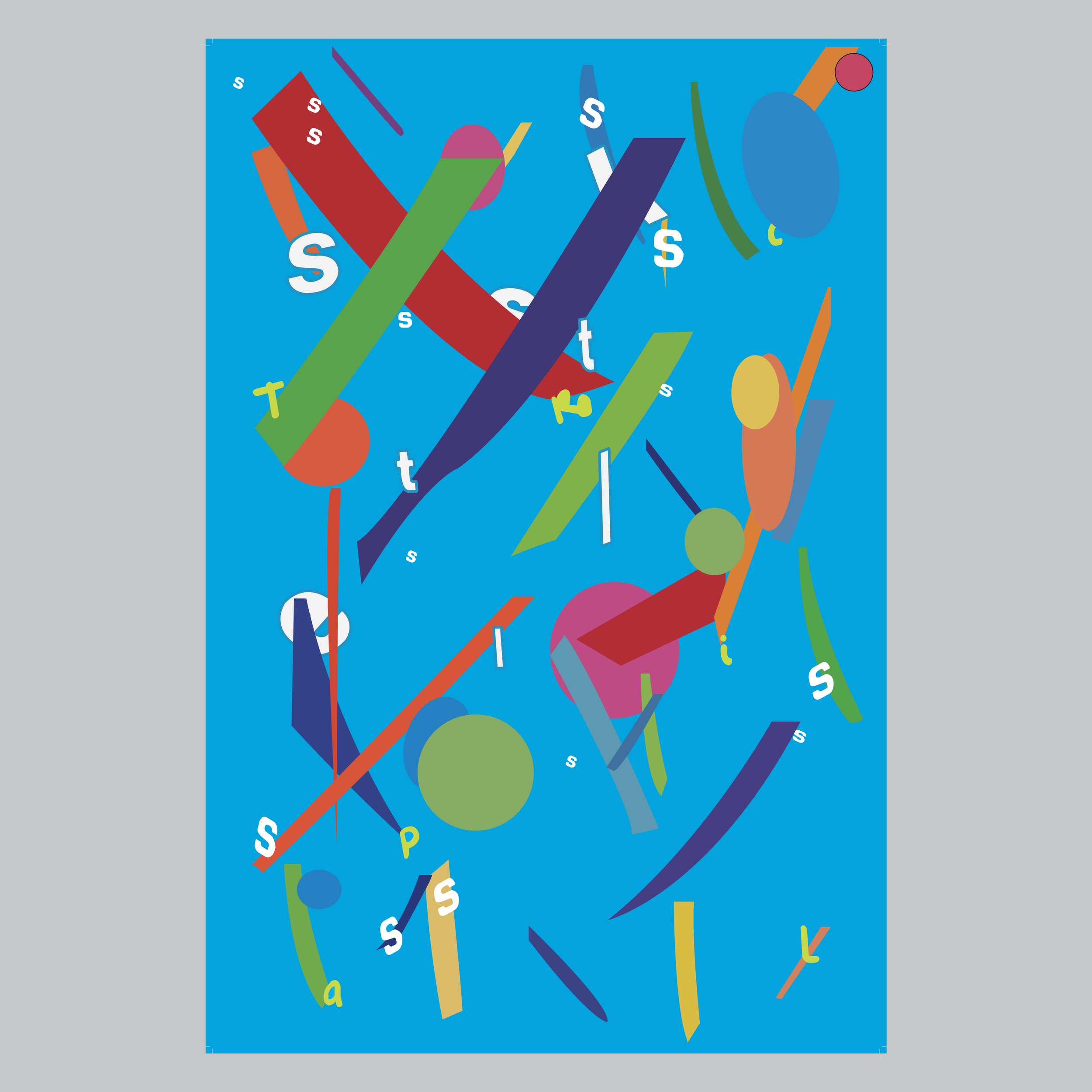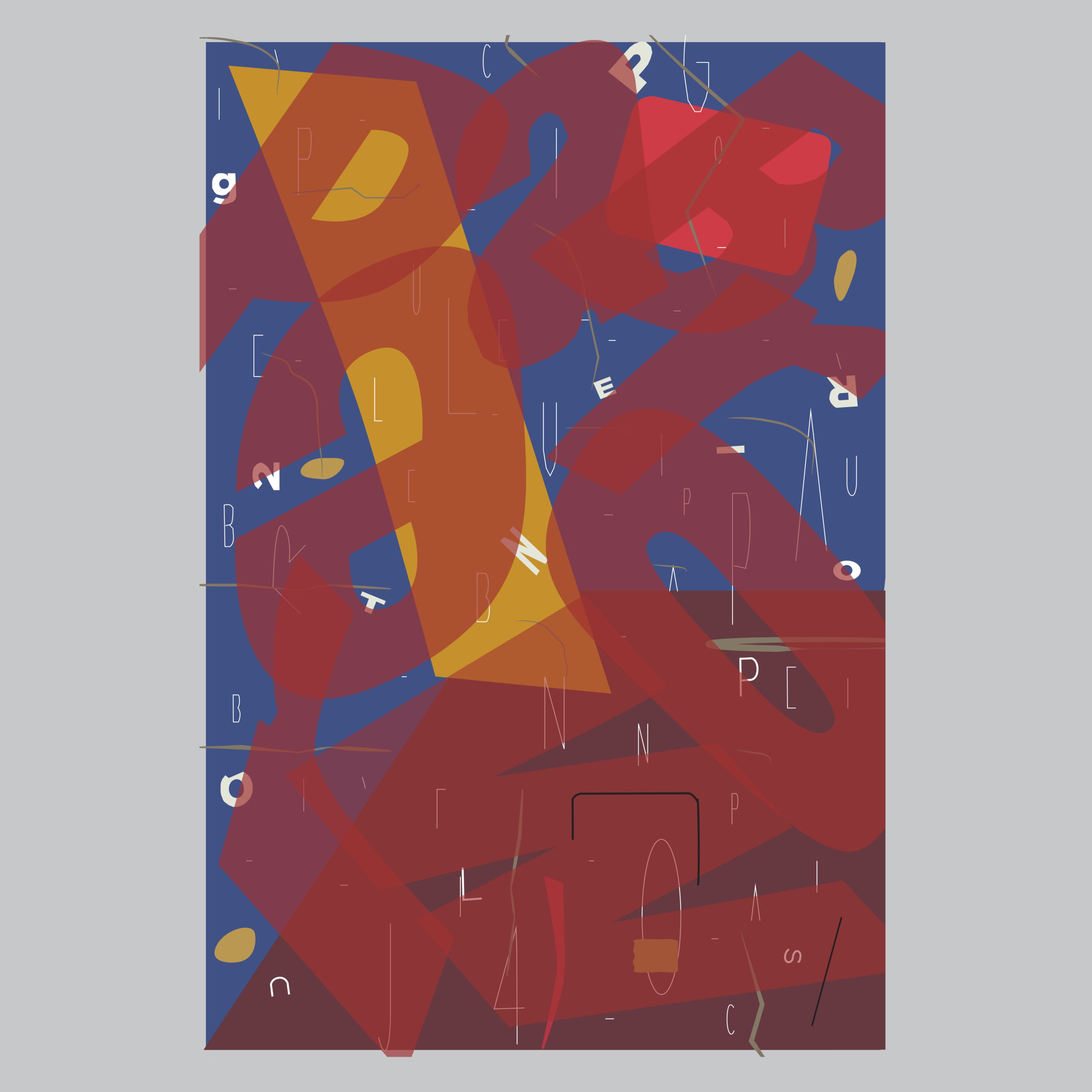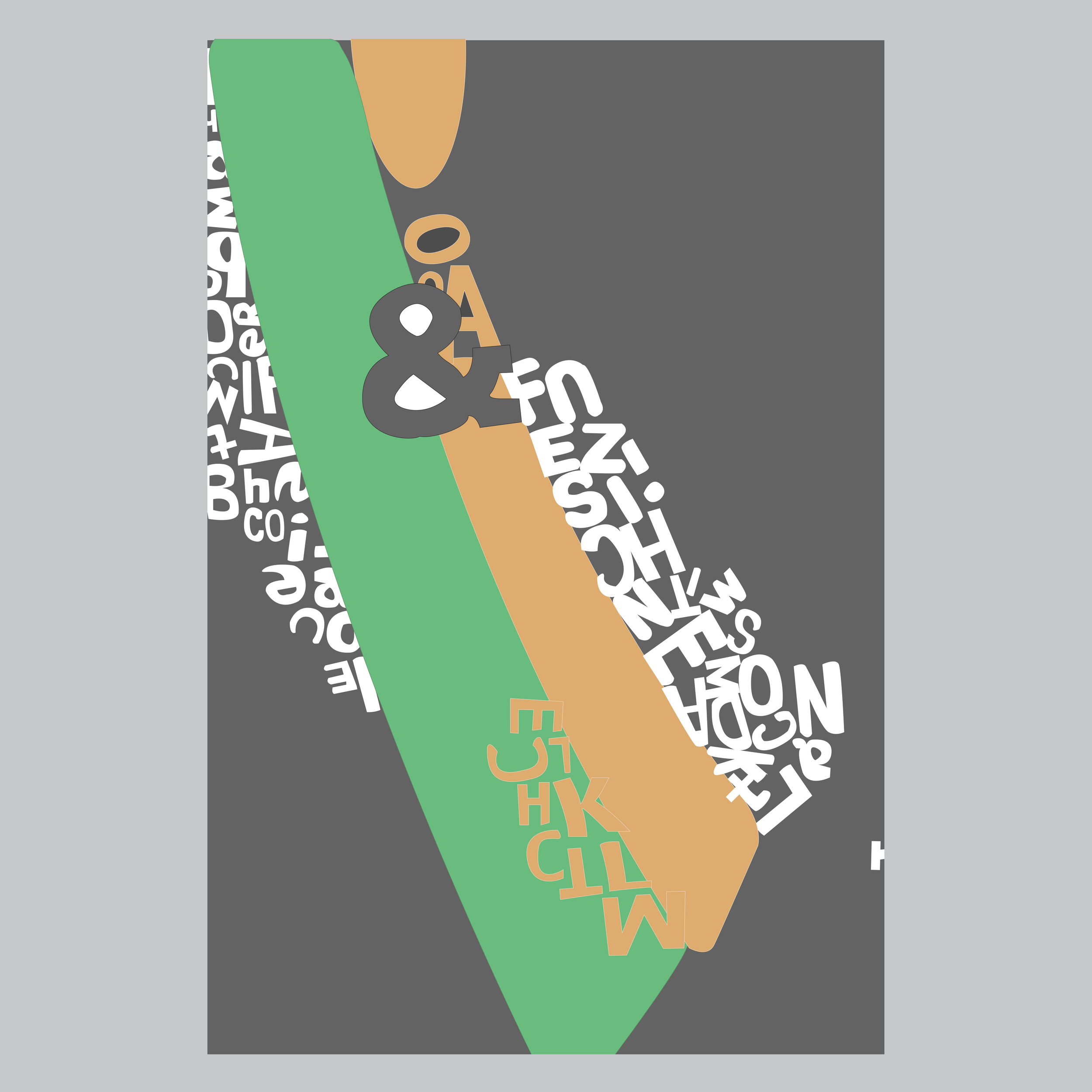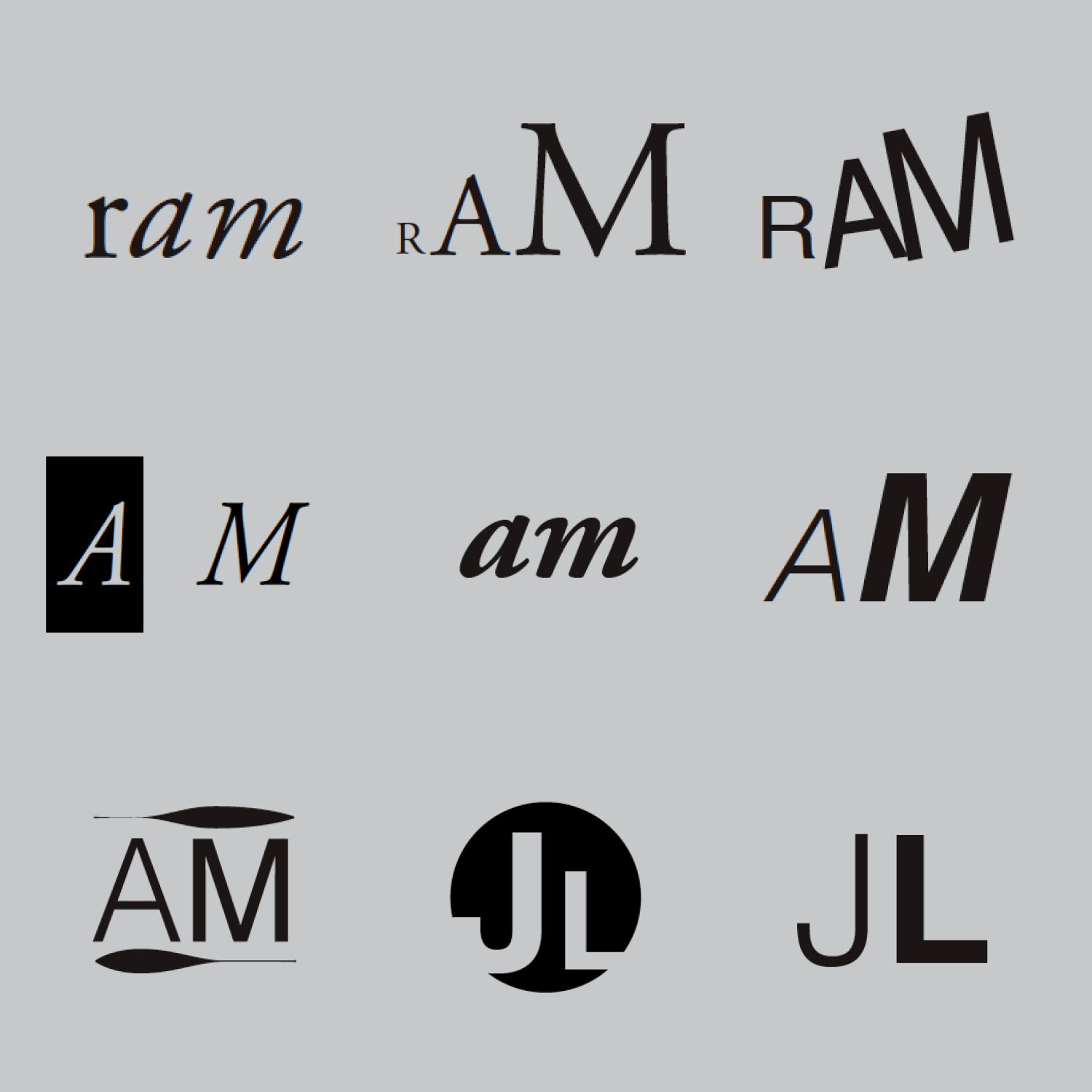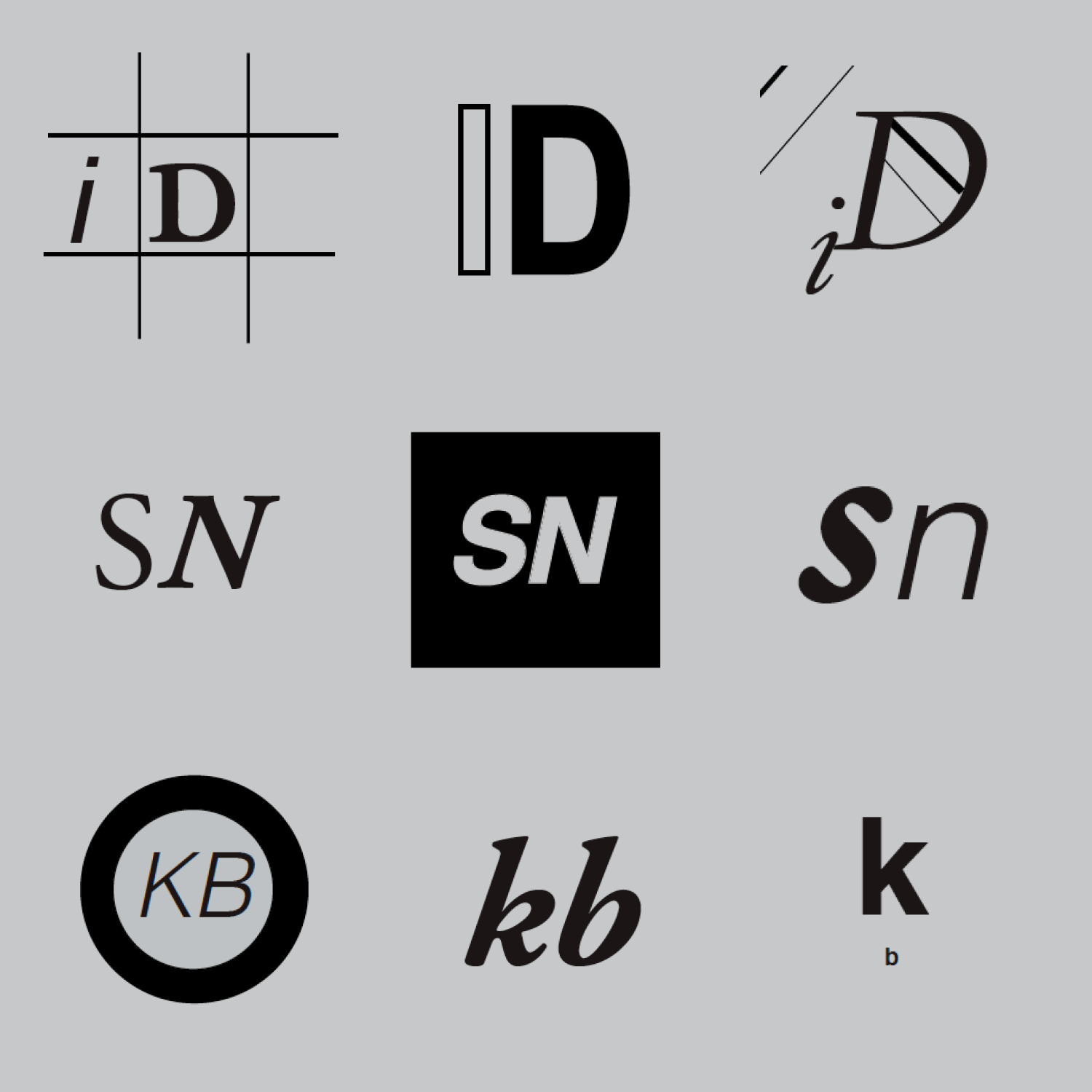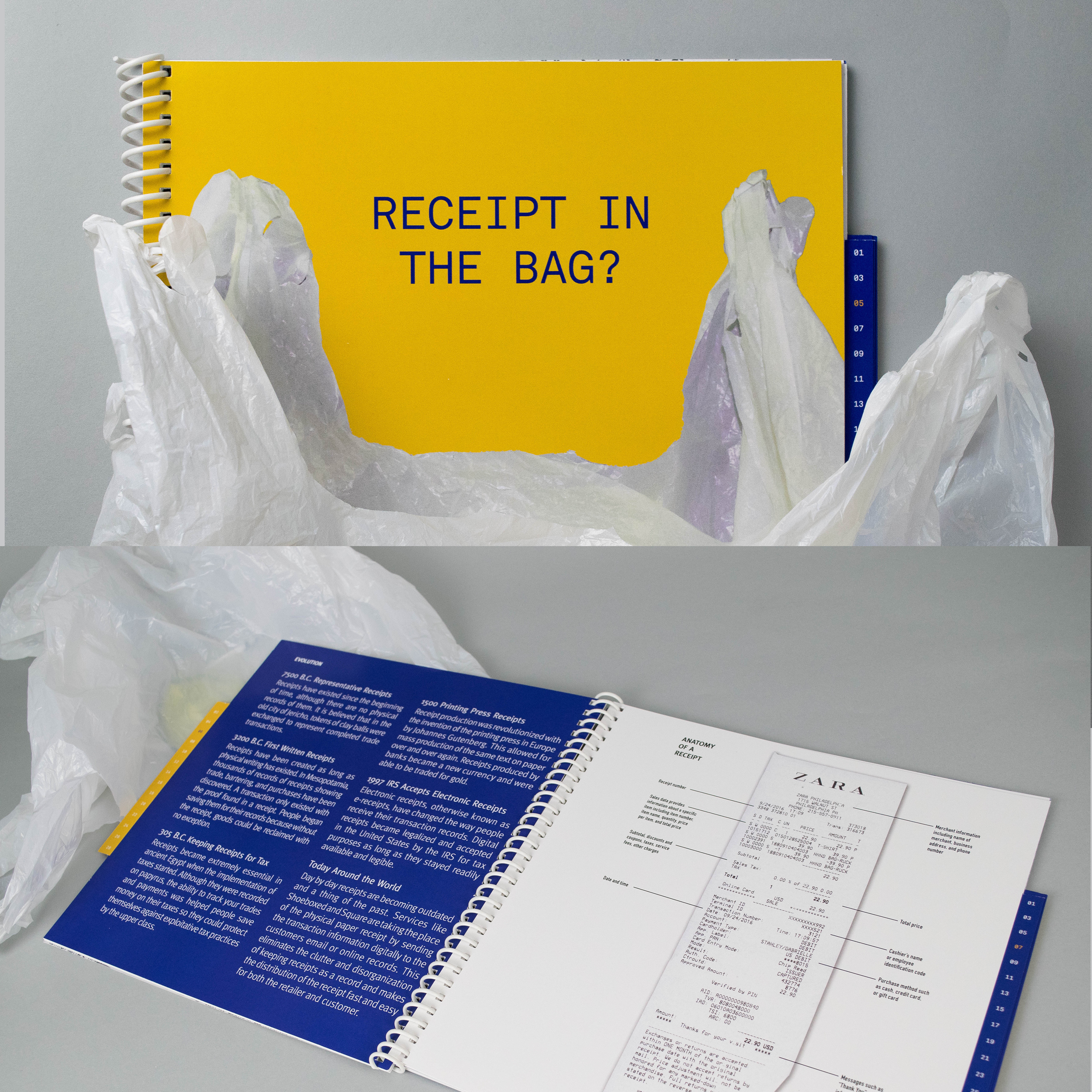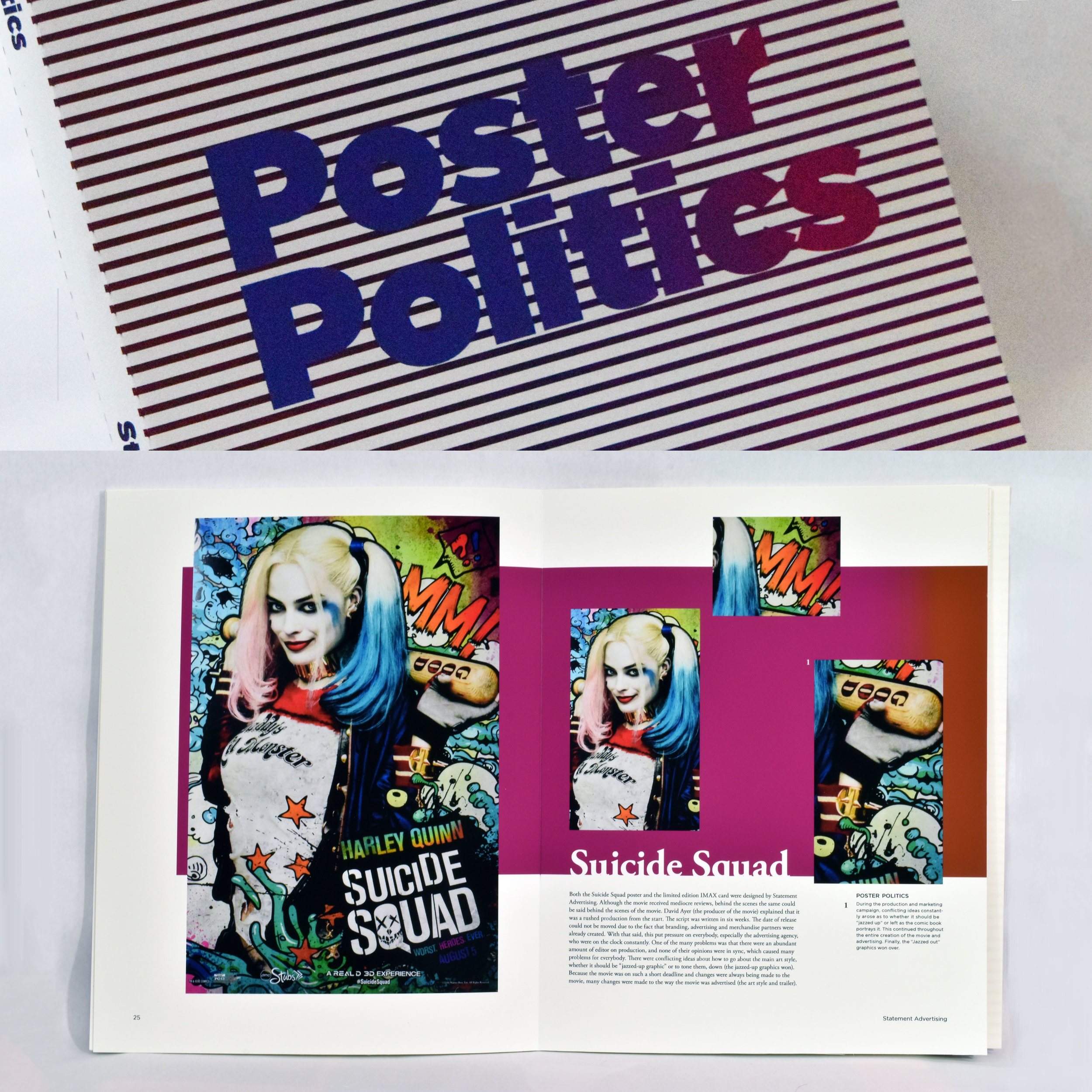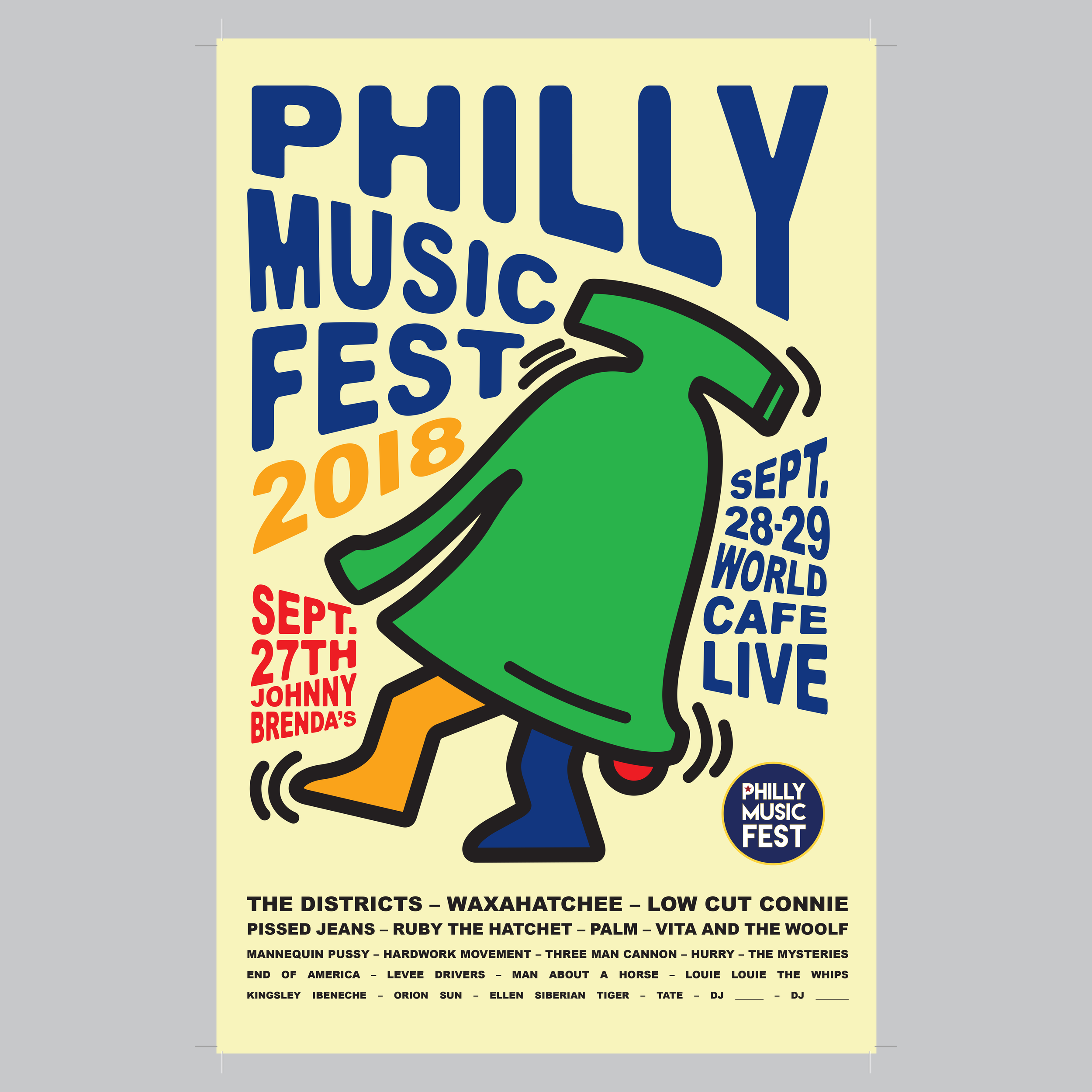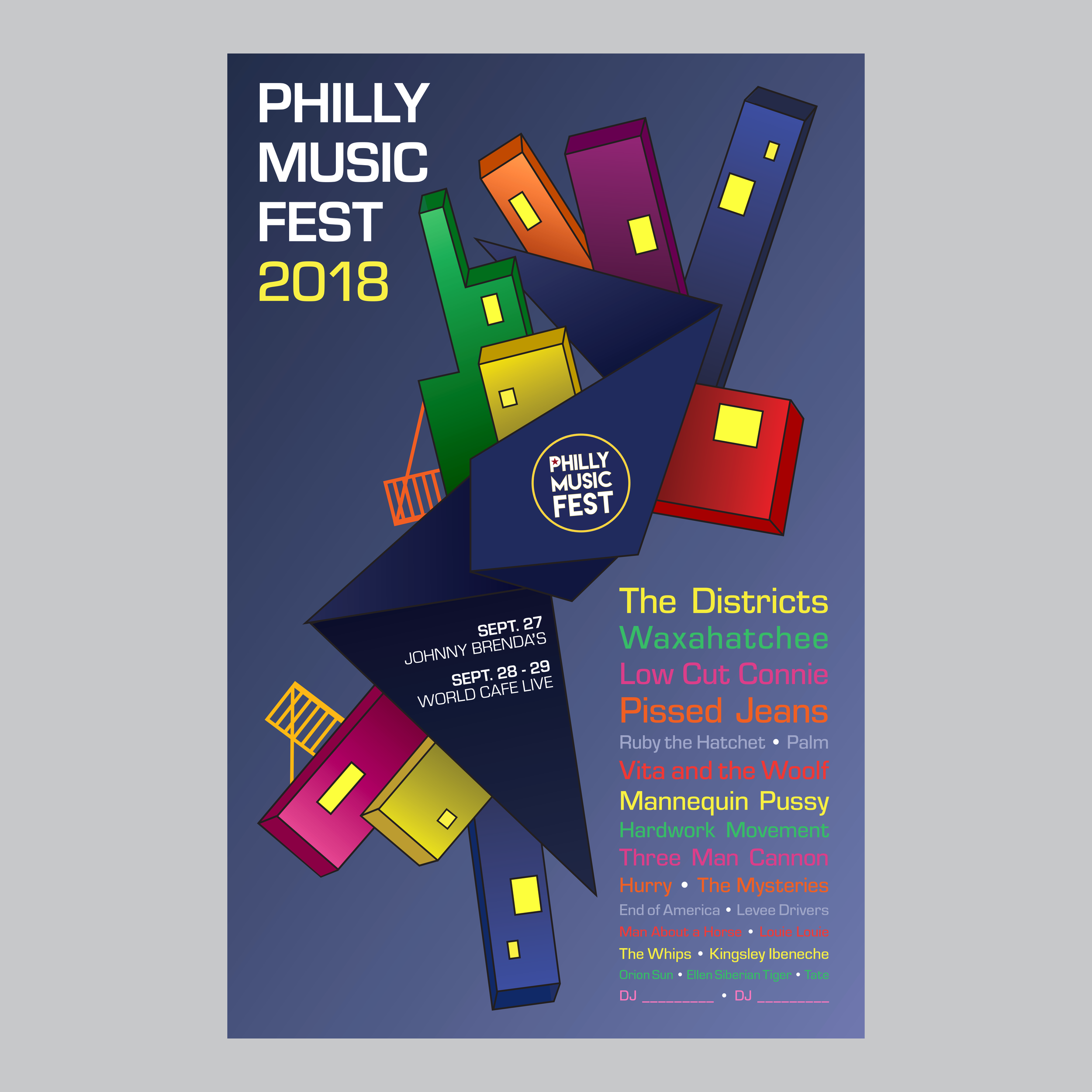The foundation of my methodology which comes from my Thesis: Syetem for an expressive Variation, is to teach the mind to envision multiple strategies in seeking solutions to a problem. That there is never only one correct answer, instead there is a process in which various outcomes are explored for any one question. It is this concept which sparked my interest in and keeps me excited about design and teaching the art of design.
Below are some students' work examples.
INTRODUCTION TO TYPOGRAPHY
This course offers an introduction to the elements of basic typography, including the history of letterforms, recognition and specification of existing typefaces, typographical style, and letterform design. An introduction to web fonts and digital typography practices will also be covered. For this introductory course proficiency in the Adobe Creative Suite is not required; however, a working knowledge of InDesign will certainly enhance your learning experience. I will be available for questions and will provide you with the requisite online tools to help you improve your skills. Students will learn through a number of projects, in-class work, and class critiques. The primary objective of this course is to master the basic typographic principles and then to apply them in the appropriate context.
EXPERIMENTAL TYPOGRAPHY
Typography encompasses both the thoughtful structuring of language for effective communication and the art of expression with letterforms. This course provides an opportunity to investigate typographic forms in two ways, 3D letters, and 2D typeface — first, an introduction to 3D type forms through physical exploration with different materials and a message. The class will learn how to convert the 3D handmade type form into digital images and the importance of learning a variety of physical processes of typography. Finally, we will reverse the 3D type form into a typeface, learning how to use Glyph App to create a font. This course will include an understanding of handmade structures through exploration with different materials and the comprehensive and defining of a type system.
INTERACTIVE DESIGN
Interactive design can be understood in simple terms: it is the design of the interaction between users and products. Most often when people talk about interactive design, the products tend to be software products like apps or websites. The goal of interactive design is to create products that enable the user to achieve their objective(s) in the best way possible. In this class we will explore projects that help you create apps or websites that support the users needs. We will be exposed to the UI (user interface) & UX (user experience design) design principles.
GRAPHIC DESIGN 1
Graphic Design 1 is an entry level course that attempts to teach students the design principles of concept, process and craft, specifically research, visualization, experimentation, production and critique. The course also examines the foundation of design thinking, graphic programs and explorations in methodologies. Successful completion of this class is a prerequisite for all other graphic design courses.
GRAPHIC DESIGN 4
Graphic Design IV is the latter of three advanced design classes where students apply the principles established in the graphic design course (concept, process and craft), to generating a body of work geared towards a professional portfolio in the areas of typography, motion and branding design. The class is developed for graphic design students to exercise conceptual and formal skills in producing intelligent, visual solutions to graphic design problems. There is an emphasis on the development of advanced conceptual skills in the area of interpretive and metaphorical thinking.
Click below for two examples of students motion graphic movie intros.

